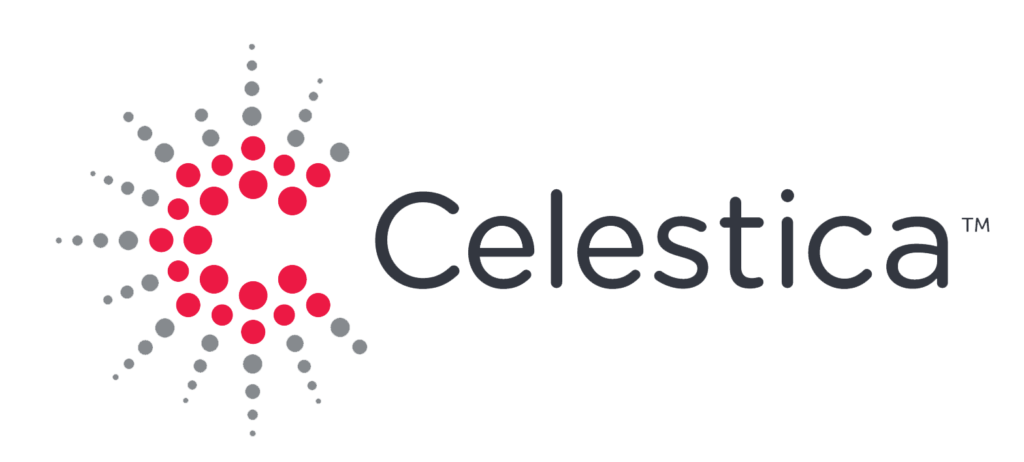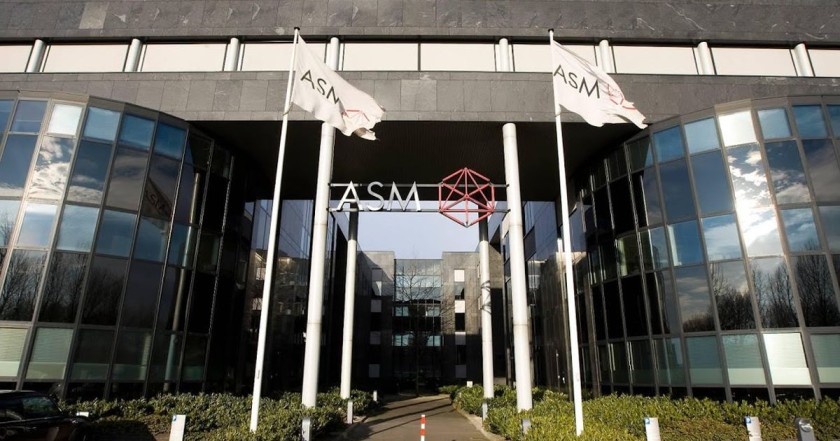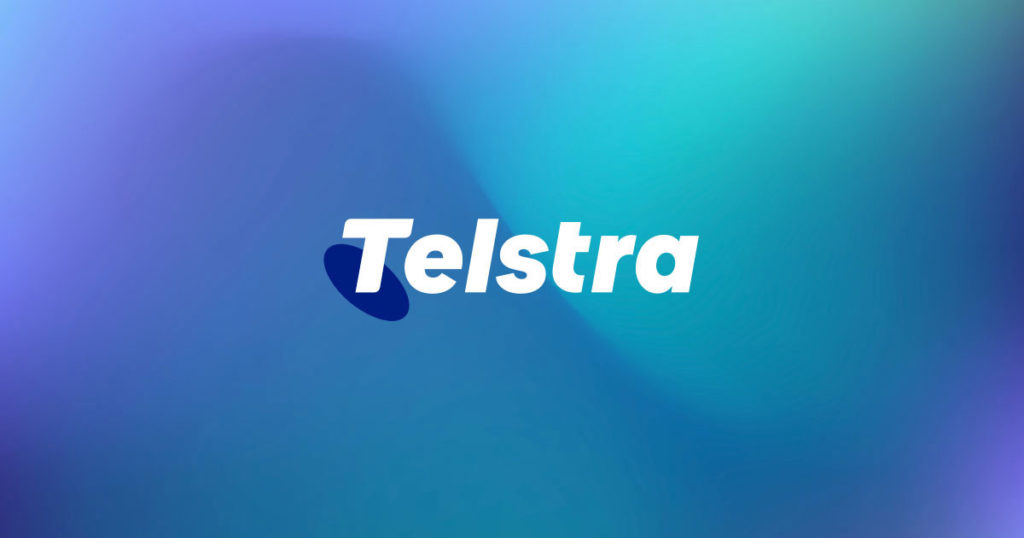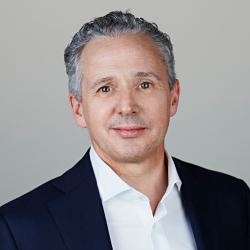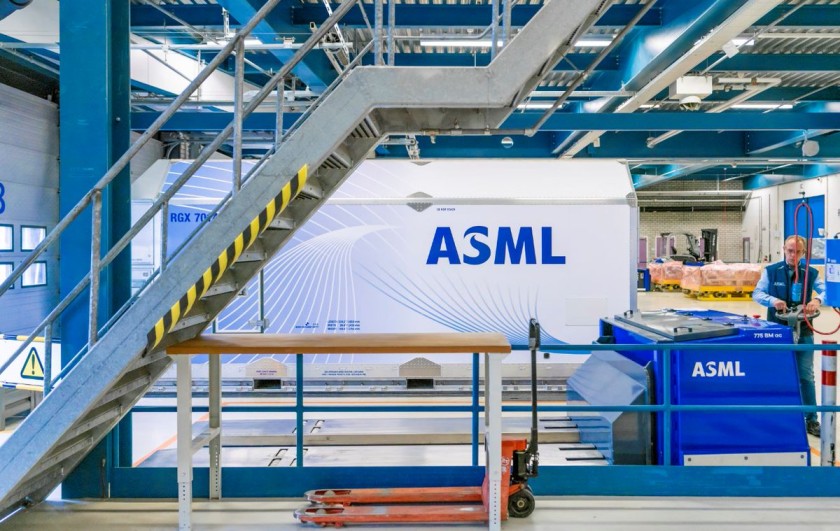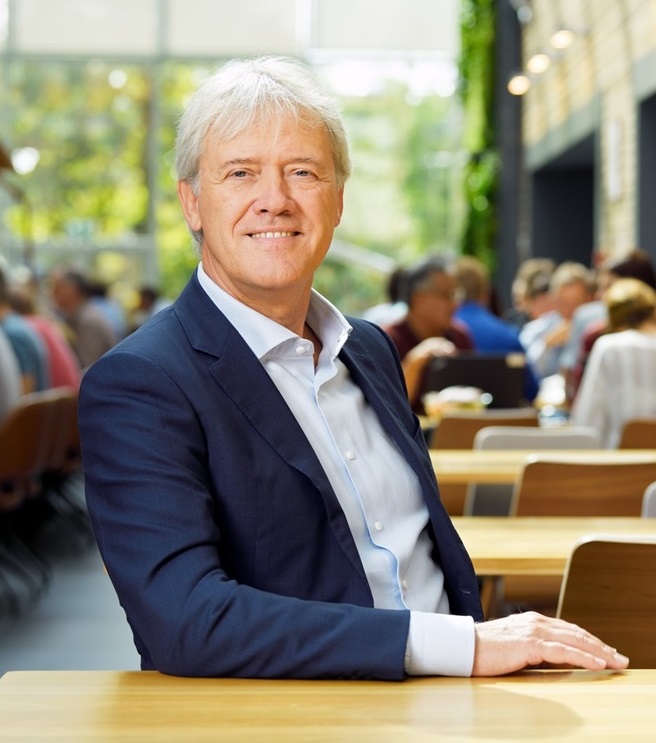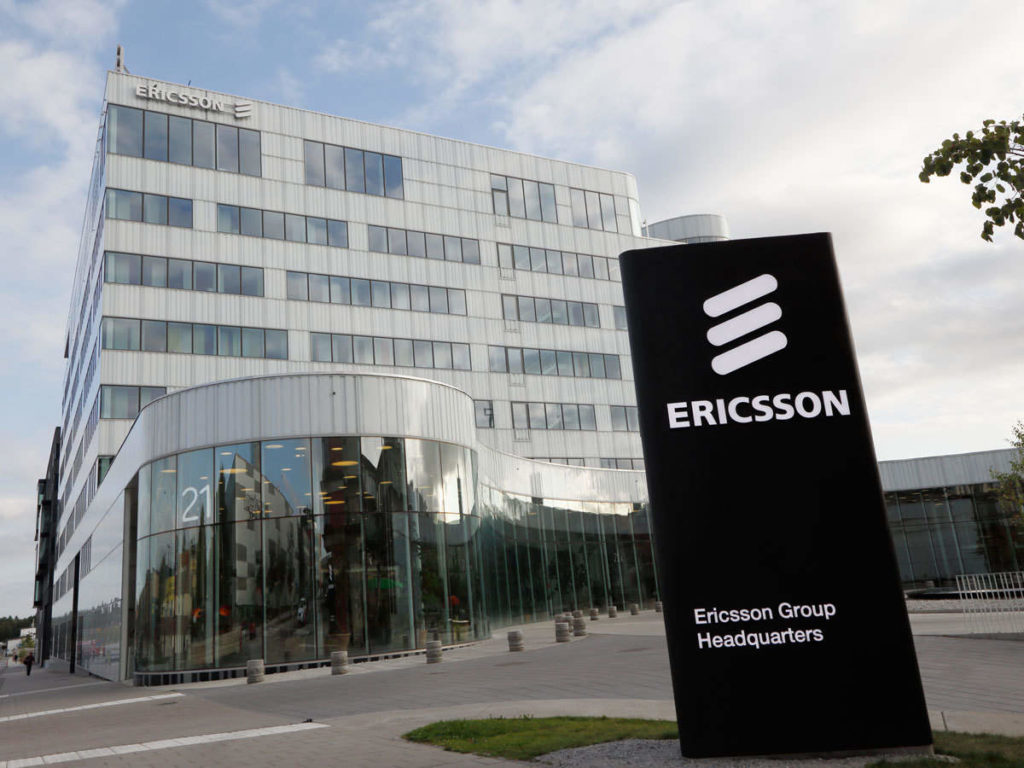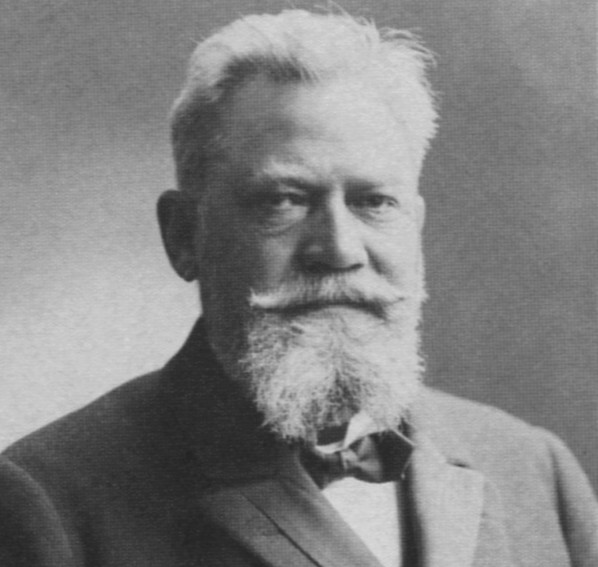América Móvil – A Telecommunication Conglomerate founded by Mexico’s topmost billionaire.
Founded in 1986, América Móvil is one of the largest telecommunication corporations in the world. The company is based in Mexico City and was founded by Mexican billionaire, Carlos Slim. Through the last thirty-five years, América Móvil has successfully expanded its business through strategic plans and acquisitions. The company is one of the global leaders in wireless telecommunication, especially in Latin America. The company believes in providing better services and at the same time closely monitoring the company’s costs and expenses.
This Mexican company is based on the number of equity subscribers and is the largest Central American fixed-line operator. At the beginning of 2019, the company had more than 200 million wireless subscribers and around 84 million fixed revenue-generating units. The company receives half of its annual revenue from Mexico because of its Mexican subsidiary Telcel, the largest Mexican mobile operator. The América Móvil history dates back to the 1980s, so let’s have a look into it.
América Móvil before 2000
If speaking about the history of the company, it actually dates back to 1956 when Publicidad Turistica, an affiliate of Telmex was established. The company published telephone directories which in 1981 started installing and operating wireless telephone systems in Mexico. This company started working under the Telcel trademark in 1989. In the following years, Telcel started expanding as Telmex became a private company and its service quality dropped as well. In 1999, Telcel introduced a PCS system in Mexico and by the summer of 2000, the company had almost 9 out of 12 million cellular phone subscribers in the nation.
The Company in 21st century
While Telmex began acquiring new subsidiaries, the company decided to spin-off América Móvil as an independent company. During that time, América Móvil was Latin America’s largest mobile service provider. After América Móvil became an independent entity, the company was listed on stock exchanges in Mexico City, Madrid, and New York. Since Telcel was already booming, it formed the base of América Móvil. América Móvil eventually expanded its business and formed partnerships with Bell Canada International Inc. and SBC Communications Inc. They together formed a consortium called Telecom Americas Ltd.
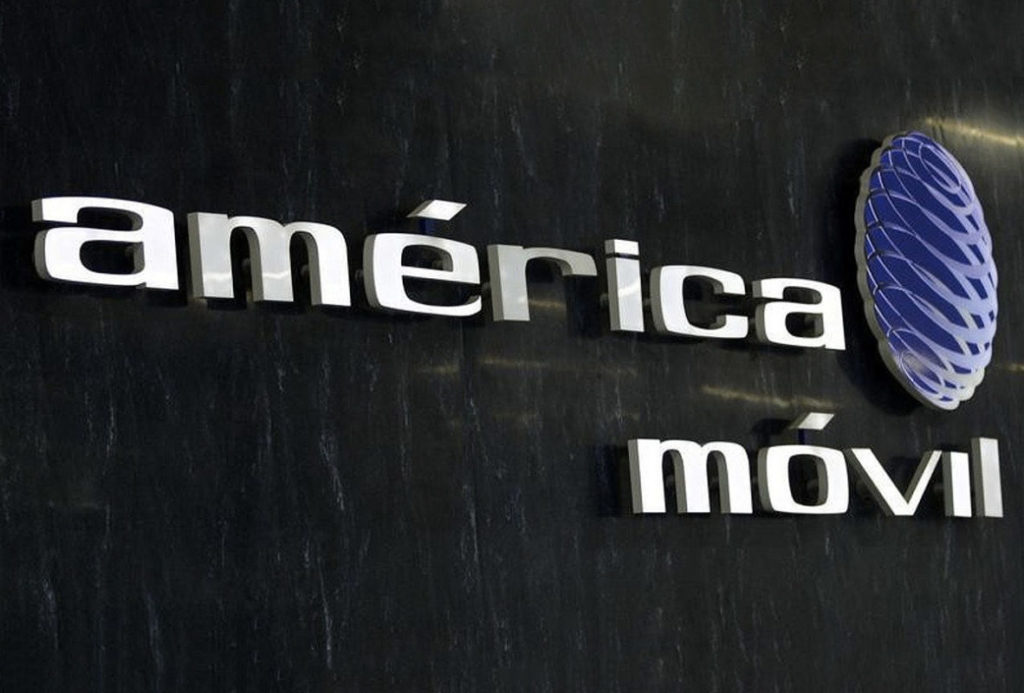
This consortium was build to develop wireless communication and establish broadband in South America. In June 2002, Bell Canada International sold its 39 percent stake of the consortium to América Móvil. This time the business was booming in Brazil and also expanded to Venezuela, Argentina, and Columbia. The company had always focused on winning over mass customers by offering cheap fixed plans for a fixed number of minutes. The main idea of América Móvil was to get as many people as possible to have access to mobile phones. During this time the company’s expenses were ruthless but soon Slim’s lieutenants proceeded with a much better and strategic plan.
Acquisitions and Expansions
América Móvil eventually started making acquisitions and one of the biggest on the list was acquiring Brazilian BCP S.A. The acquisition was done for $643 million and after this América Móvil became the second-largest mobile phone operator in Brazil. In 2005, the company made a partnership with Ooredoo and in 2007 it acquired a Jamaican mobile operator, Oceanic Digital which was under the brand name MiPhone. The company operates under many brand names such as Straight Talk, Total Wireless, Telcel America, etc. This year, the company has decided to sell Tracfone to Verizon. América Móvil has nearly 2 lakh employees distributed across America and Europe.
Carlos Slim – The Founder
Born in 1940, Carlos Slim belonged to a family who was a part of a small yet prosperous Lebanese Christian community. Carlson’s father started investing in real estate and became a very rich man. Carlos was very interested in his father’s business and he took his father’s place in the company when he was only thirteen years old. Carlos studied civil engineering and worked as a stock trader in Mexico. With the money he earned as a stock trader he opened his own firm, Bursatil. In the early 1980s, during the peso crisis, Carlos bought a number of companies at depressed values and this turned his future.
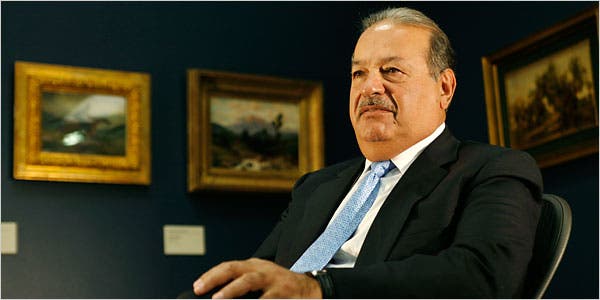
One of the companies he bought was América Móvil and under his leadership, the company made some strategic acquisitions and expanded in many other countries. Carlos says that it’s not his deep knowledge in telecommunication that made América Móvil a success but the strategy of reinvesting the profits into the business itself judiciously for growth.

Annasha Dey is an NIT student, who apart from studying engineering is also a content writer. She has a great interest in photography, writing, reading novels, and travelling as well. She is a foodie who loves socializing and hanging out with her friends. She is also a trained Kathak dancer and a big fashion enthusiast. Dey also loves watching TV series, which includes F.R.I.E.N.D.S. and Big Bang Theory. To be a better writer she prefers to read more
